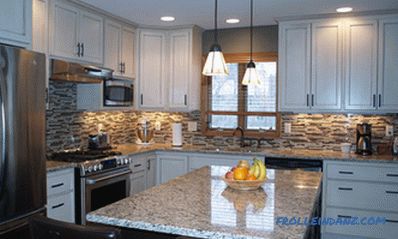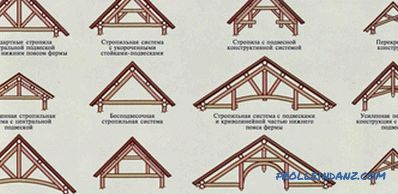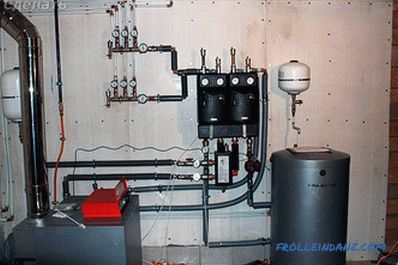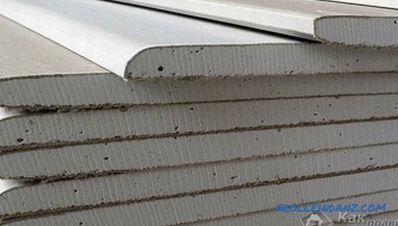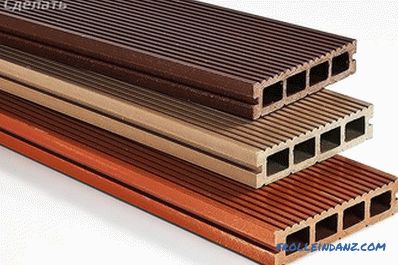The use of building technologies called "self-leveling floor" implies the formation of a perfectly flat floor surface from materials containing, in their basis, special self-leveling mixtures. The advantages of such technologies include the possibility of forming the so-called "glass floor", i.e., a perfectly flat surface having a uniform structure. Today, the Russian market is represented by a large number of types of self-leveling floors, each of which is distinguished by its originality and attracts a potential buyer with certain characteristics.
The data in this article will help you figure out how to choose a floor for an apartment and give your preference to the option that would fully meet your needs.
Existing types
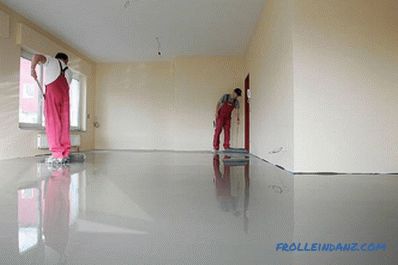
Among the variety of known types of self-leveling floor coverings, the following types stand out:
- cement-based floors -acrylic composition;
- epoxy coatings;
- mixtures with methyl methacrylate.
Consider in more detail all of these types of self-leveling floors, taking into account their advantages and disadvantages.
Cement-acrylic composition
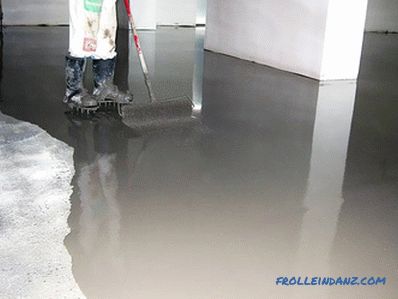
The initial mixture for the preparation of such a floor includes cement, a special mineral filler (which is most often used fine sand) as well as polyacrylic copolymer. According to its characteristics, this material is very close to concrete and is used, as a rule, for leveling a concrete monolithic floor or as a screed. The advantages of this type of coatings include:
- the possibility of forming a thick layer of a pouring layer at a time (up to 1 cm), which allows you to overlap significant differences in level and eliminates the need for careful leveling the base before pouring it; 14>
- relatively low cost of the source material, which allows its use in large volumes (for the purpose of pouring surfaces with large irregularities, for example).
The disadvantages of this material include its considerable weight and the high labor intensity of all operations carried out in arranging the floor.
This type of self-leveling floors is most often used when preparing the surface for flooring of such famous flooring as linoleum or carpet.
Epoxy mixture
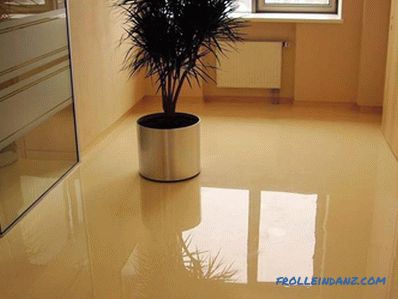
When looking for the optimal solution for choosing a self-leveling floor for your apartment, you should pay attention to the coating, which is based on epoxy resin, used together with one or another filler.
Such floors are allowed to be poured directly onto a concrete, metal or wooden substrate, which significantly expands the field of application of leveling compounds.
The advantages of this class of self-leveling floors are:
- solidity, which provides high resistance to impact damaging effects. In addition, the surface of such a coating practically does not wear out during long-term operation;
- chemical inertness, which allows maintaining the structure of the coating in any kind of aggressive media;
- high moisture resistance;
- decorative appeal .
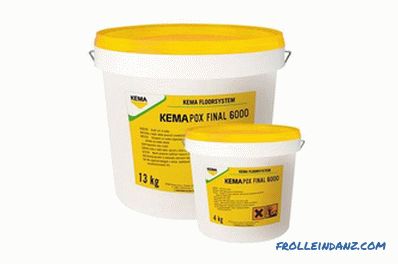 Package of epoxy mixture
Package of epoxy mixture
For those who would like to choose one or another color flooring, the use of this composition will be the most optimal solution. A wide selection of color schemes contributes to the transformation of epoxy-based floors into beautiful decorative coatings.
The disadvantage of such structures is their low plasticity, which is fraught with the destruction of the monolith at the slightest displacement of the sex base. As a result, self-leveling decorative floors of this type can be equipped only with an absolutely rigid base.
Methyl methacrylate mixtures
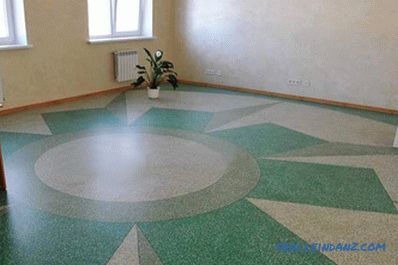
Such compositions contain in their basis so-called methyl methacrylate resins, which provide high versatility of the coating. Thus, depending on the quantitative ratio of various third-party additives to the base components, it is possible to obtain building mixtures with a wide range of technical characteristics. When this ratio changes, such parameters of the self-leveling floor as its plasticity, strength, and resistance to aggressive media vary.
One should not lose sight of the fact that various manufacturers can, at their discretion, change the set of additives used, which directly affects the properties of the future coating.
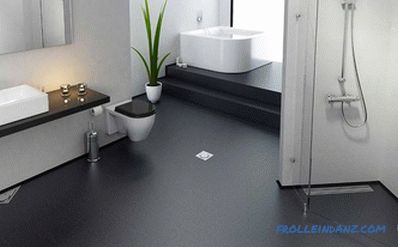 Self-leveling floor in the bathroom
Self-leveling floor in the bathroom
Regarding the advantages of the floors based on methyl methacrylate mixtures, we can say the following:
- Additives provide finished coatings with a high level of heat resistance, thanks to which the latter are able to withstand sharp temperature fluctuations.This property allows you to combine them with "warm floors", as well as use in open spaces (on loggias, for example).
- In addition, temperature independence in a certain way affects the process of pouring floors from methyl methacrylate.
- The preparation of the coating does not need any special mode, since such mixtures quickly harden and perfectly polymerize at temperatures below zero.
The ability for rapid polymerization can be attributed to the shortcomings of these types of flooring, the arrangement of which will require high skill from the contractor.
Self-leveling floors are among the most effective methods of forming final (finishing) coatings, so that their use is a guarantee of obtaining a perfectly smooth and fairly attractive surface.
The types of sexual structures we have considered (sometimes referred to as “liquid linoleum”) attract many users not only with their excellent performance characteristics, but also with their original design. The choice of which depends entirely on your preferences.
Video
Brief description of self-leveling floors:
Read also:
How much does it cost to fill the floor with
Self-leveling floor
